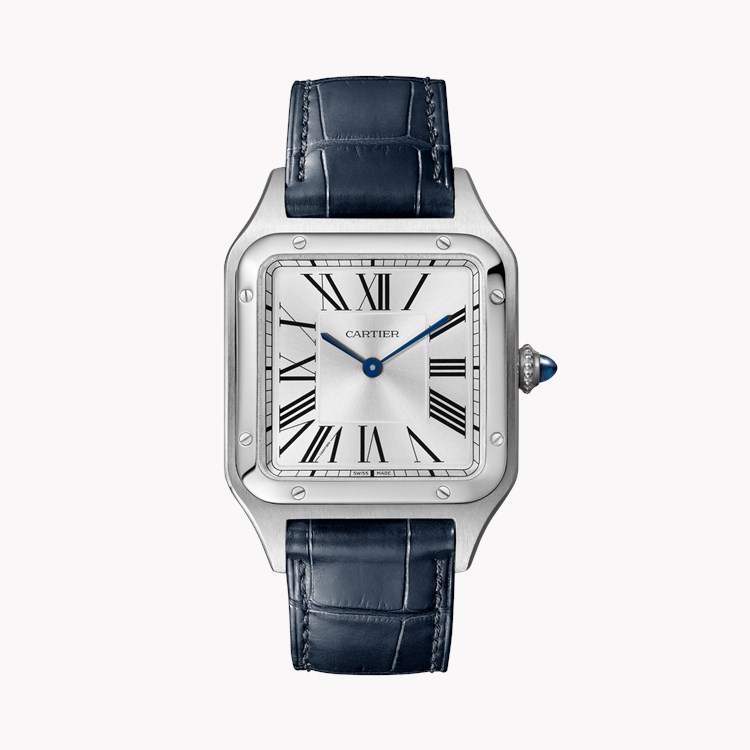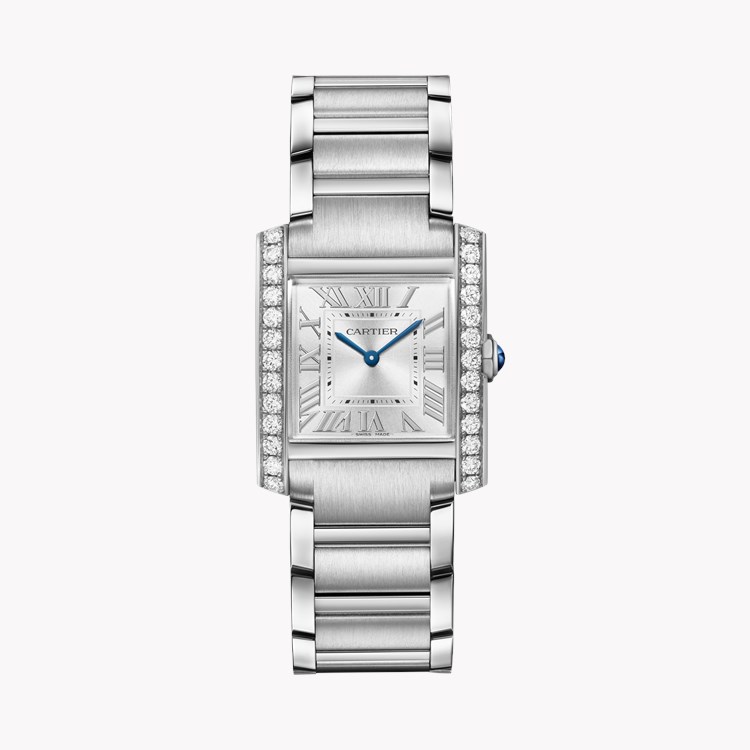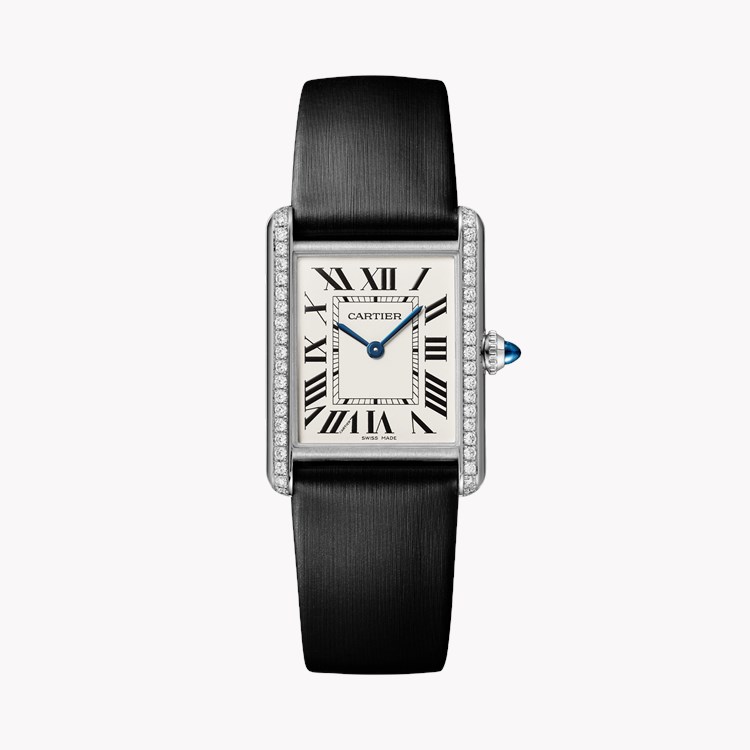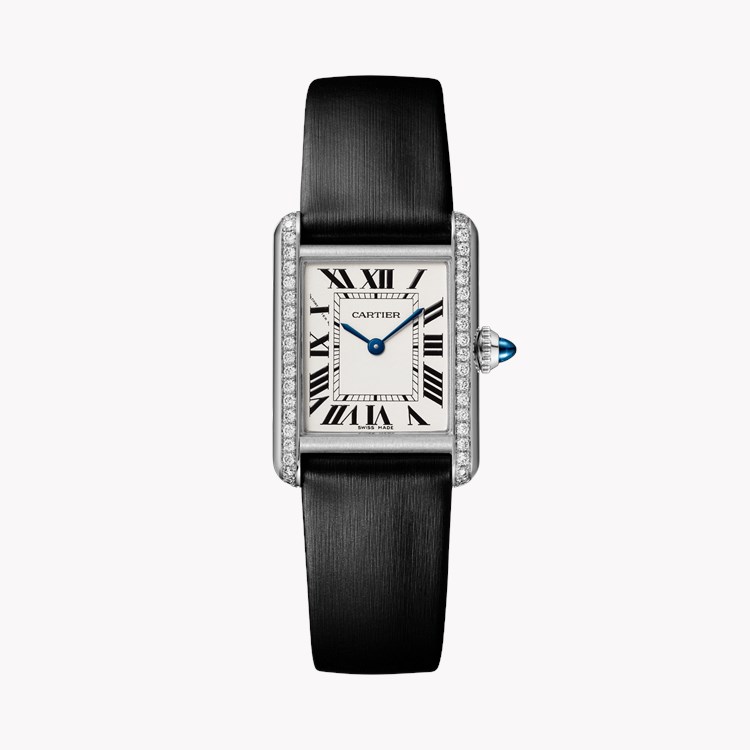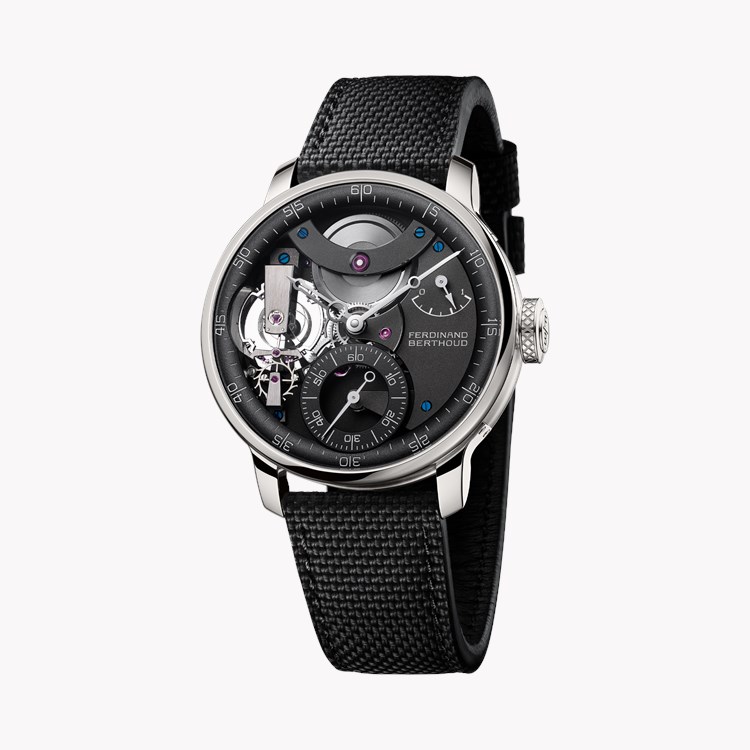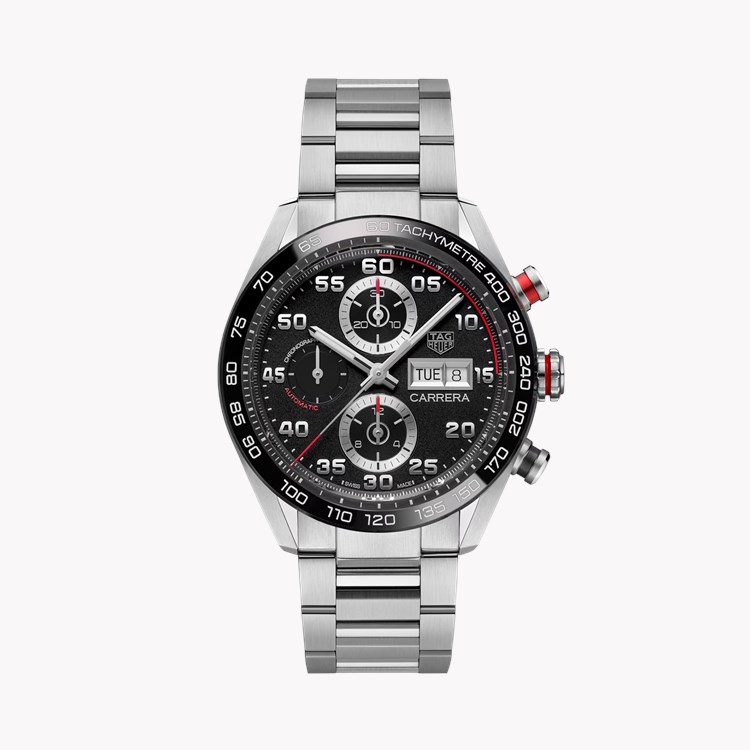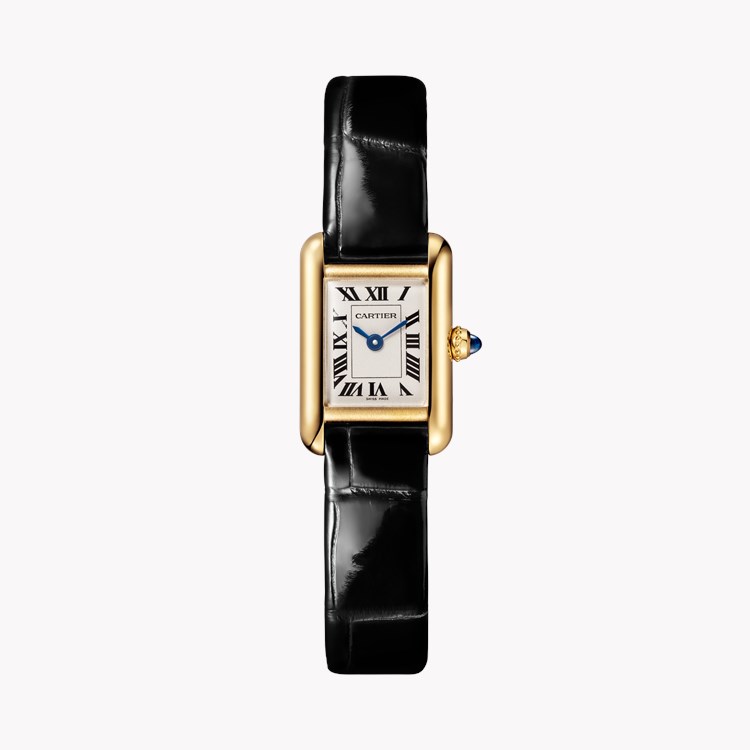What Wrist is Best for Wearing a Watch?
While it may seem trivial, the choice of which wrist to wear a watch on can influence comfort and etiquette. Understanding the historical context, practical considerations, and stylistic implications allows watch enthusiasts to make an informed decision that reflects their lifestyle and taste. This guide provides expert insights into wrist-wearing habits and offers practical advice for wearing your timepiece with confidence.

Historical Preferences and Traditions
The practice of wearing a watch on a particular wrist has deep historical roots. Wristwatches first became popular during the early 20th century, when soldiers required convenient, hands-free timekeeping. The left wrist emerged as the preferred choice, especially among right-handed individuals, allowing them to manipulate controls with their dominant hand while keeping the watch unobstructed.
Notable figures such as military officers helped shape these norms, setting trends that carried into civilian life. Over the decades, wrist preference evolved from necessity into etiquette, subtly influencing how watches are presented in modern society.
Cultural and practical factors further reinforced this trend. As most people are right-handed, the left wrist became the default, while right-handed watch wearers became exceptions rather than the rule. These historical conventions continue to inform luxury watch etiquette today, particularly in formal or high-profile settings.
.jpg)
Practical Considerations for Wearing a Watch
Wearing a watch on the non-dominant wrist generally improves comfort and reduces the risk of damage, since this hand is less involved in daily tasks. Right-handed individuals typically wear their watch on the left wrist, while left-handed individuals may prefer the right.
Active individuals often choose the less-used wrist to prevent interference during work or sports. In more formal settings, such as events or meetings, the watch should sit comfortably, remain visible, and complement attire.
Strap length, case size, and wrist shape all play a role in overall comfort and wearability. A snug but non-restrictive fit is ideal for long-term use, while adjustable straps provide flexibility, maintaining elegance without sacrificing practicality.
.jpg)
Style Implications of Wrist Choice
Watches are a key statement piece in luxury fashion, and pairing them thoughtfully with attire and other jewellery is essential. For example, a substantial automatic watch may appear more commanding on the left wrist if you are right-handed, while delicate jewellery on the opposite hand can balance the ensemble.
Expert Advice on Wearing Luxury Watches
Professional watchmakers and style experts emphasise that personal comfort and wrist choice should guide your decision.
Styling advice from experts includes:
Match the watch size to your wrist circumference for a better fit.
Ensuring the watch sits just above the wrist bone for visibility and elegance.
Considering the interaction of watch and cuff, especially with dress shirts and tailored suits.
Choosing which wrist to wear a watch on ultimately comes down to a balance of tradition, comfort, and personal style. For those ready to explore timepieces that embody both craftsmanship and elegance, discover our curated watch collections, where heritage meets contemporary luxury.
Frequently Asked Questions
Below are the answers to our most commonly asked questions. Should you want to find out more please feel free to Contact Us and begin your Pragnell experience.
Watch CLP Page
Contact us